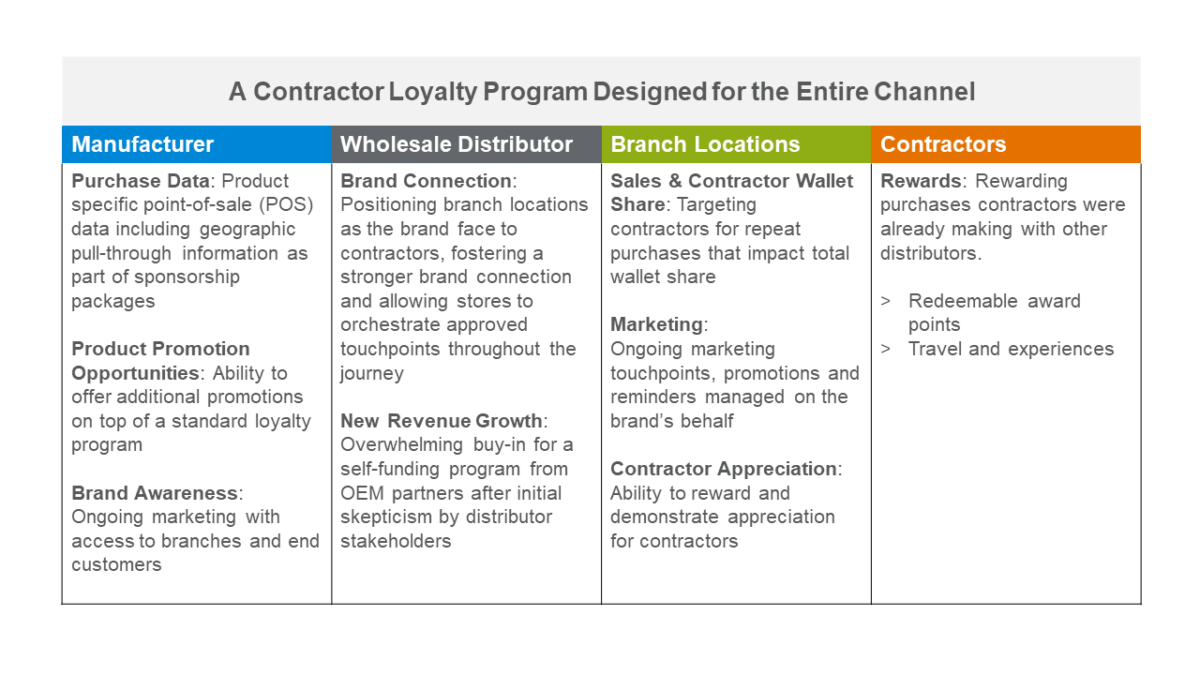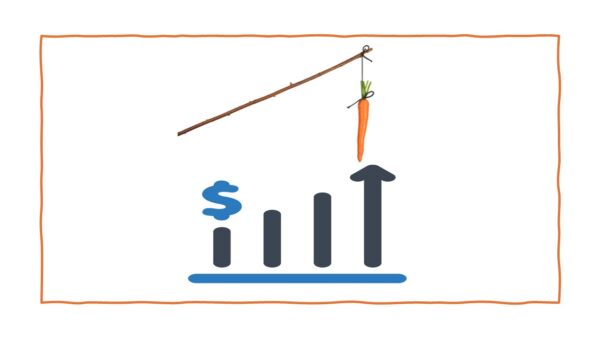We know you, or your company, is planning for 2025. We also know that many have concerns going into 2025. The question is, “what will 2025 bring?” And with PE firms supporting HVAC distributors with incremental investments, Ferguson pursuing dual trade contractors, new construction in 2025 questionable in some markets, prospects for the renovation market due to Fed cuts and more, 2025 is shaping up as the year to be a “share taker” as your growth strategy. This is achieved by being more important to customers with discretionary purchasing ability and where their loyalty and your service converge.
While the current forecast is for, essentially, a flat market, there are opportunities in every market. The question is, will you be proactive and intentional in targeting the opportunities and “out-think”, act quicker, and execute better than your competition?
The “go-go” post-pandemic growth days are gone. The past three years have realized slow growth rates. Commercial construction slowed. Residential new construction, in most markets, is anemic. The service market will always be there. Renovations / improvements slowed but may re-emerge in 2025. Large capital projects are opportunistic wins for selected companies
What it means is that in 2025, you need to be intentional in your actions if you want to grow your top line. You need to either:
- Grow the “pie” you play in, or
- Take share.
You can:
- Identify niche markets, or geographies, you can take advantage of
- Target key customers
- Cast a wide net (the “spray and pray” strategy)
- Invest in sales resources
Or a number of other strategies that, at their core, are intentional initiatives.
Research shows that companies that invest smartly during slow growth, or no growth, markets, grow at a faster rate, more quickly, and are perceived to be stronger companies by their customers.
One strategy, that is performance-based and is a proven winner, is incentive programs.
These strategies involve customers who essentially “raise their hand” (register to participate) and indicate that they are willing to do more business with you. Incentive programs I’ve developed involve a base investment that includes an integrated communications campaign supported by an administrative platform with 70-85% of the investment based upon performance!
When I’ve integrated these strategies into client marketing programs, we’ve seen growth rates of 15-50%, if not higher if focused strictly on a target audience.
There is a plethora of companies that focus on this space, but few are truly specialists.
One is a new advertiser with ElectricalTrends, ITA Group.
Founded in 1961, and an ESOP for over 35 years, ITA Group focuses on providing incentive and loyalty program strategies for manufacturers and distributors, and works with clients in over 50 industries, including many distribution channels, and brings lots of experience to the table. We’re looking forward to them sharing their expertise with our readers.
We invited ITA Group to share their thoughts:
Relationships, known as “Loyalty”, Drive Sales and Share
“Distribution has always been a relationship-driven business, centered on the value distributors create for their manufacturers and customers. However, industry shifts and market changes are compelling distributors in the construction trades to explore innovative ways to add value. In this evolving landscape, a strategic loyalty program backed by expertise has emerged as a key factor in enhancing value for channel partners and ensuring distributor success. Our experience in the HVAC and building materials industries show that loyalty and incentives strategies work!
Targeting the Right Customers
The most effective loyalty programs focus on customers who represent the greatest potential for future profitable growth, rather than simply targeting the largest accounts. The goal is to optimize performance by:
- Capturing opportunities from customers with discretionary purchasing power
- Broadening sales within established accounts
- Recognizing top contributors
Strengthening Customer Bonds
A well-designed loyalty program reinforces the connection between distributors and their customers. It incentivizes more frequent orders in exchange for superior service and genuine appreciation of their business. This approach not only increases sales but also has the potential to:
- Widen relationships with existing customers
- Create more opportunities for manufacturers
- Accelerate sales cost-effectively through targeted incentives
Leveraging Data Intelligence
Distributors occupy a unique position in the channel, granting them access to valuable data, including:
- Transactional data for every customer purchase
- Location of each transaction
- Date and time of product delivery
- Customer contacts who influenced the transaction
This wealth of data empowers distributors with new capabilities. The information collected through loyalty programs is crucial for both distributors and manufacturers to create the targeted, personalized experiences that customers increasingly demand.
Expert Support for Success
To maximize the potential of loyalty programs, distributors can benefit from expert support in key areas such as:
- Developing value propositions for key stakeholders
- Implementing appropriate technology solutions
- Crafting effective communications strategies
- Designing program strategy and rule structures
- Creating compelling rewards and recognition systems
By leveraging expertise in these areas, distributors can create loyalty programs that add significant value to their channel partnerships and drive success in an ever-changing market.
A Loyalty Program Designed for the Entire Channel

Key to program success:
- Identifying existing customers who could grow their business with you ensures wallet share growth. And because rewards are tiered and unlocked as participants advance in the program, the program guarantees profitability.
- Involve, and invest, your entire sales and branch network
- Frequent communication. A contractor loyalty program positions distributors to succeed with customer marketing. Distributors benefit from a communications investment that doubles as consistent customer marketing.
- Effective program administration dashboards to ensure on-target performance
- Appealing awards (for one client, 66% of customers that redeemed points would not have purchased the award they selected without their points.)
But, most importantly, consider the initiative dispassionately by analytically developing a program structure based upon goals and then projecting performance. ITA Group’s data analysis team can recommend ideal customers distributors should target, recommend individual goals, reward types and show projected ROI, ensuring a truly turnkey program.
Do Incentive / Loyalty Programs Work?
- Proof points:
- 187% greater purchases by targeted customers vs. non-targeted
- 447% average program ROI over life of program
Additional proof? Check out these case studies:
- A building materials manufacturer increases customer engagement
- A building supplies distributor uses a customer segmentation approach and generates a 275% program ROI
Additional ITA Group insights article:
- Create A Successful Contractor Loyalty Program – ITA Group
- Importance of Loyalty Programs for Wholesale – ITA Group”
Take Aways
I spent the first 15 years of my career in the performance marketing industry, developing incentive programs for distributors and manufacturers. CMG has had clients where we integrate an incentive program into their marketing strategy, involve manufacturers, a robust communications strategy, and a focused enhancement to sales management.
When I was in the performance marketing industry, first in Boston and then from 1992-1995, before joining IMARK, coincidentally with ITA Group, I was in every aspect of the business except accounting, operations, and communications because I could estimate numbers but didn’t have patience to get to the penny (thank you accountants!) and I can’t draw a straight line let alone choose colors that complement each other!
(Someday I’ll dig through my archives and share some of those programs … and unfortunately those companies have all been sold!)
The most gratifying aspect was helping clients identify strategies to drive performance cost-effectively. Loyalty / incentive programs work and, when well-structured, have a significant ROI for the sponsoring distributor and participating manufacturers. Companies view them as differentiators that help them secure clients, capture discretionary opportunities, AND as a “cherry on the cheesecake” to win projects (and yes, pricing needs to be competitive.)
With 2025 appearing to be a “challenging” year, where growth will come from taking share, I encourage you to think outside the box and consider a targeted initiative to take share.
